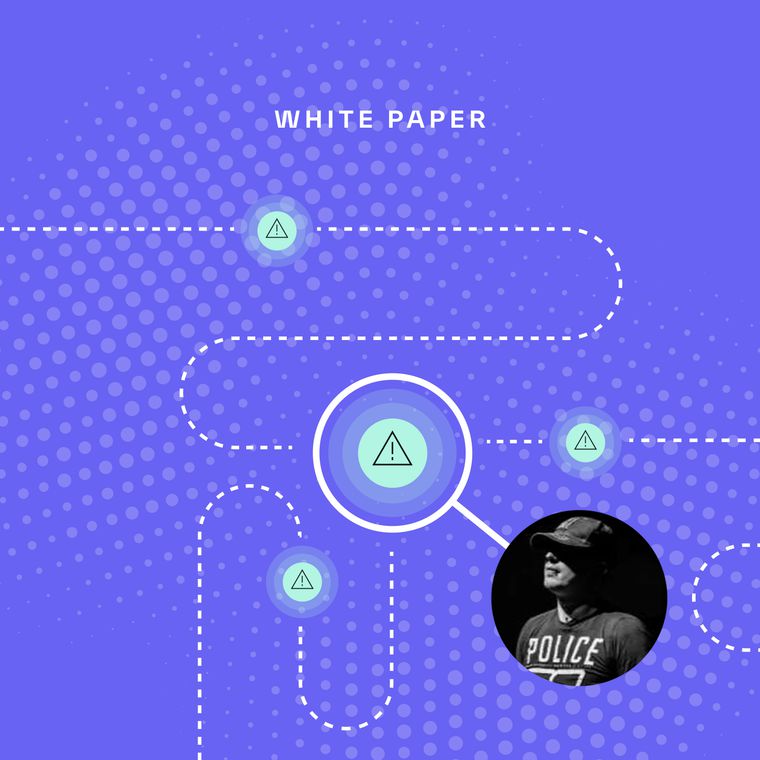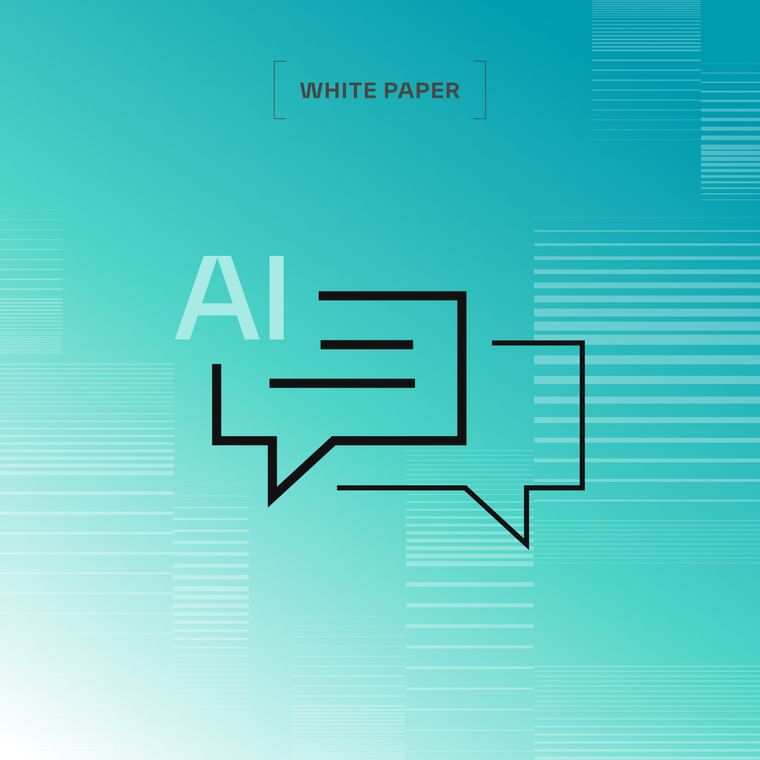AI TRiSM is a framework that ensures AI systems are safe, ethical, and trustworthy. It embeds governance, transparency, and security throughout the AI lifecycle to reduce bias and data risks. This structured approach strengthens resilience, supports compliance, and protects organizations from AI-related threats.
What Is AI TRiSM (AI Trust, Risk, and Security Management)?
AI TRiSM is a set of policies and technologies that govern AI models to mitigate risks while maintaining trust and transparency.
The AI TRiSM framework provides a structured approach to managing organizational risks, ensuring that AI systems are reliable, accountable, and resistant to manipulation.
As enterprise AI adoption accelerates, organizations must use frameworks like AI TRiSM to identify and mitigate challenges such as bias, security vulnerabilities, and regulatory compliance.
What Is AI TRiSM?
AI TRiSM (AI Trust, Risk, and Security Management) is a framework designed to ensure that artificial intelligence (AI) operates safely, ethically, and transparently.
AI TRiSM combines effective AI governance policies and technologies to mitigate risks while maintaining trust and transparency.
It focuses on:
Bias Detection and Mitigation: Identifies and reduces algorithmic bias to ensure fairness in AI-driven decisions.
Security and Resilience: Shields AI models from adversarial attacks, data poisoning, and unauthorized access.
Regulatory Compliance: Aligns AI systems with GDPR, CCPA, the EU AI Act, and other emerging governance mandates.
Explainability and Transparency: Makes AI decision-making understandable to technical and non-technical stakeholders.
Continuous Monitoring: Tracks AI behavior in real time to detect anomalies and prevent model drift.
4 Core Components of AI TRiSM
The AI TRiSM framework is built around four essential pillars.
Adopting these pillars helps organizations build trust with customers while unlocking the full potential of AI technologies responsibly and securely:
Explainability and Model Monitoring: This pillar ensures AI models provide transparent, clear explanations for their decisions. Continuous monitoring verifies models perform as expected, detecting biases and enabling informed, confident decision-making.
Model Operations: Model operations manage AI models throughout their lifecycle, from development to deployment and maintenance. It also includes maintaining the supporting infrastructure, like cloud resources, to keep models running efficiently and reliably.
AI Application Security: Shadow AI or unauthorized AI tools used by employees can introduce compliance risks and data breaches. This pillar focuses on securing AI applications, protecting sensitive data, and preventing unauthorized access or tampering through robust security measures.
Privacy: Protecting the data used in AI training and testing is critical. AI TRiSM guides organizations in creating policies that respect privacy rights and securely manage sensitive data, which is especially vital in sectors like healthcare.
How Does AI TRiSM Work?
Implementing the AI TRiSM framework involves a combination of governance policies, security measures, and AI model monitoring:
AI Governance Frameworks: Organizations establish policies that define ethical AI use, risk thresholds, and compliance requirements.
Model Risk Assessment: AI systems are evaluated for potential biases, security risks, and vulnerabilities.
Secure AI Deployment: AI models are hardened against adversarial attacks through encryption, anomaly detection, and automated response mechanisms.
Real-Time Auditing: AI performance (with runtime inspection and enforcement) is continuously monitored for deviations, ensuring trustworthiness over time.
Why AI TRiSM is Essential for Cybersecurity?
AI TRiSM plays a crucial role in securing AI-driven applications by:
Preventing AI Exploitation: Protects models from manipulation, such as adversarial inputs designed to mislead AI decisions.
Ensuring Data Integrity: Ensures data protection in AI deployments by safeguarding training data integrity.
Enhancing Trust in AI Decisions: Makes AI-driven security solutions security solutions more transparent, reducing false positives and negatives.
Meeting Compliance Standards: Aligns AI systems with evolving regulatory requirements, ensuring ethical deployment.
Ready to see how AI TRiSM principles power Abnormal’s advanced email security platform?
Book a demo to explore our layered approach to tackling trust, risk, and security management with AI TRiSM and protect your organization.


